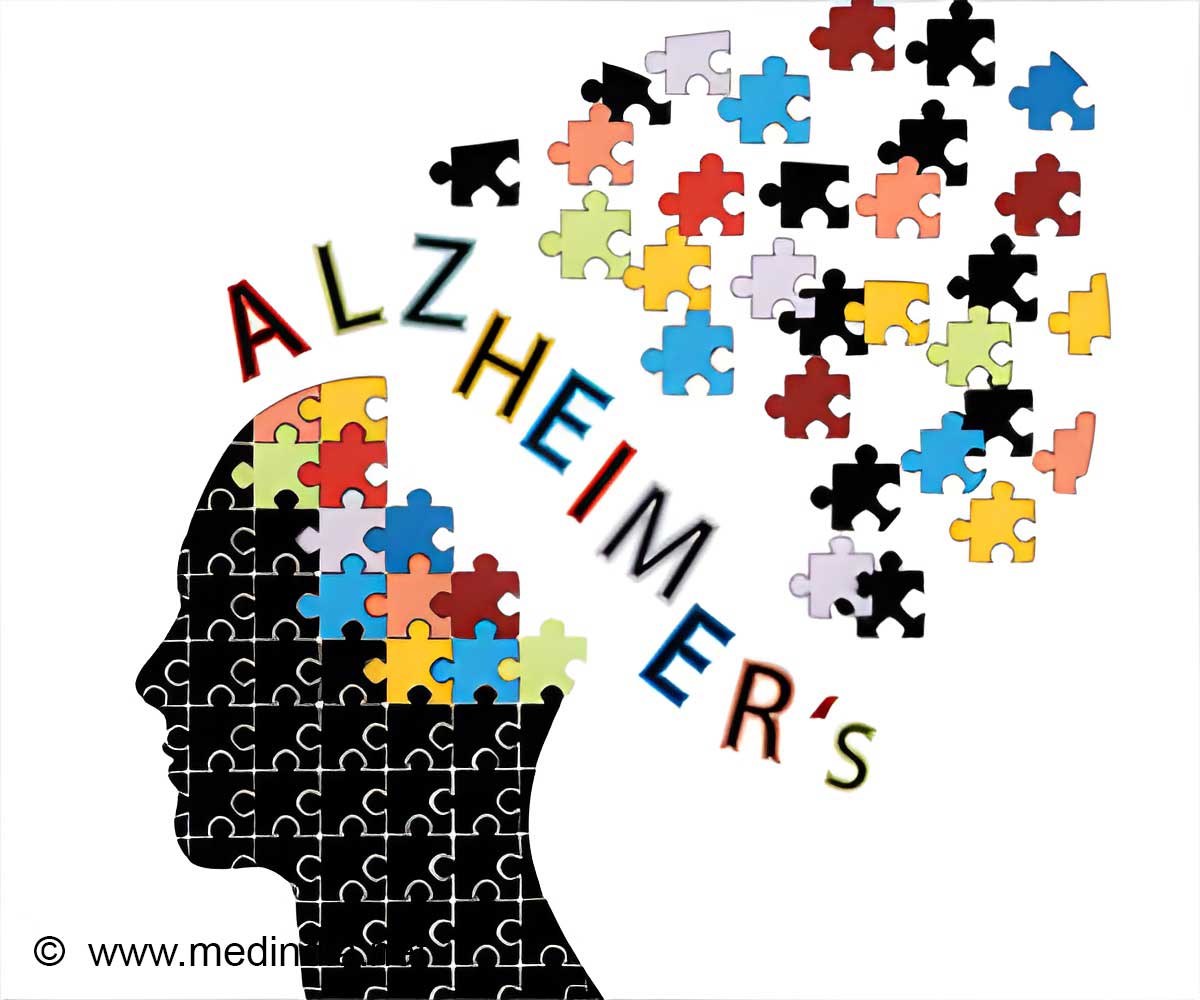There is increasing evidence that multiple medical conditions increase the risk of neurodegeneration and subsequent development of dementia.

‘In AD, over time, symptoms get worse. People may not recognize family members. They may have trouble speaking, reading or writing.’





There is increasing evidence that multiple medical conditions increase the risk of neurodegeneration and subsequent development of dementia. It also is becoming clear that a majority of those risk factors acts in amyloid- and tau-independent ways. Since 2003, every symptom- and disease-modifying agent has failed in Phase II or III trials because of challenges with safety or efficacy, including trials testing the amyloid hypothesis, anti-inflammatory agents, and early-phase anti-tau therapies. With disease-modifying treatment trials unsuccessful at the present time and only medications to treat symptoms available, what now?
Thinking "out-of-the-box," a leading neuroscientist at Florida Atlantic University has developed an innovative program in the Comprehensive Center for Brain Health at FAU called the "Dementia Prevention Initiative" (DPI), which abandons generalized methods used to research and treat AD. His secret weapon: a novel "N-of-1 design" that individualizes medicine down to a single patient. Instead of conducting a conventional trial of 100 people all getting the same treatment, he has switched it around and is conducting 100 single trials personalized to the individual. His youngest patient is 61 and the oldest is 86.
"Because Alzheimer's disease is heterogeneous in terms of risk factors, age of onset, presentation, progression, and pathology burden, designing a study to treat individuals as a homogenous population requires thousands of patients who have to be followed for years and even decades. This approach is very costly and burdensome on clinicians and patients," said James E. Galvin, M.D., M.P.H., associate dean for clinical research in FAU's Charles E. Schmidt College of Medicine, a world-renowned neuroscientist, a leading international expert on AD and Lewy Body Dementia (LBD), and founder of the DPI.
The DPI is a two-year clinical trial and Galvin is developing a best-practice model of personalized care that looks at each individual as the sole unit of observation. The idea is to treat neurodegenerative diseases as a disorder that develops over a lifetime and individualize ways to build a better brain as we age. The ultimate goal is to prevent dementia from happening in the first place.
Advertisement
"While we know that a well-balanced, healthy lifestyle may be the cornerstone of disease prevention and brain health, each risk factor such as vascular, lifestyle choices, psychosocial behavior may both act independently and potentiate the effects of each other. Therefore, a prevention initiative needs to be multimodal and tailored to address individual risks," said Galvin.
Advertisement
"We know what's good for the heart is good for the brain and we are changing people's blood profiles, controlling blood sugars, reducing inflammation, lowering blood pressure, and changing lipids and cholesterol," said Galvin. "Our patients say that they are in better overall health, their moods have improved and they are more physically fit than before."
Even if these precision approaches alone are not successful in preventing AD, Galvin believes that they may greatly improve the likelihood of amyloid- or tau-specific therapies reaching their endpoints by reducing comorbidities.
"Prevention of Alzheimer's Disease: Lessons Learned and Applied," was recently published in the Journal of the American Geriatrics Society.
Nationally, if the onset of AD and related disorders is delayed by five years, 25 years later there would be approximately 5.7 million fewer cases, collective family savings would approach $87 billion, and societal savings would approach $367 billion.
Source-Eurekalert















